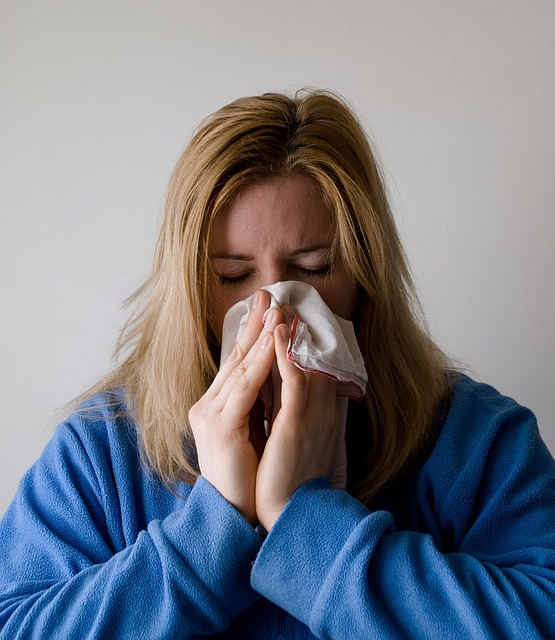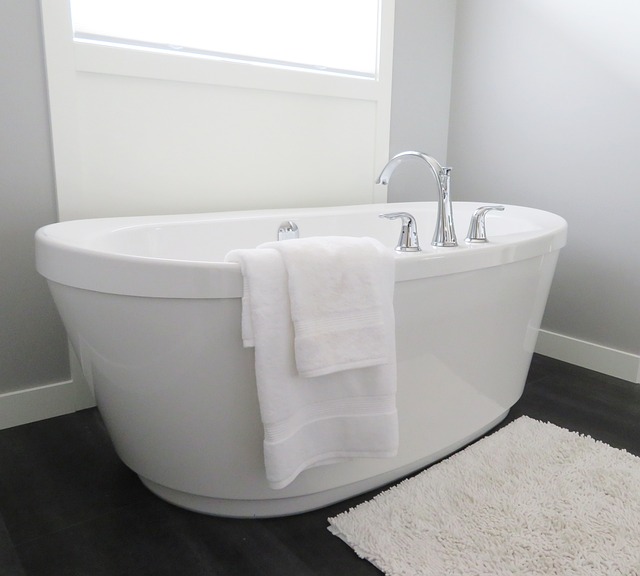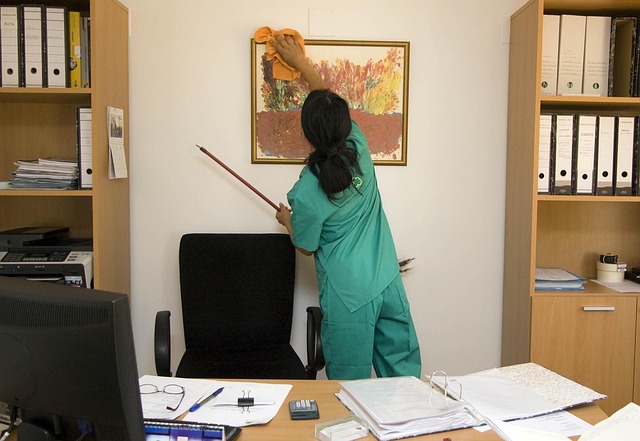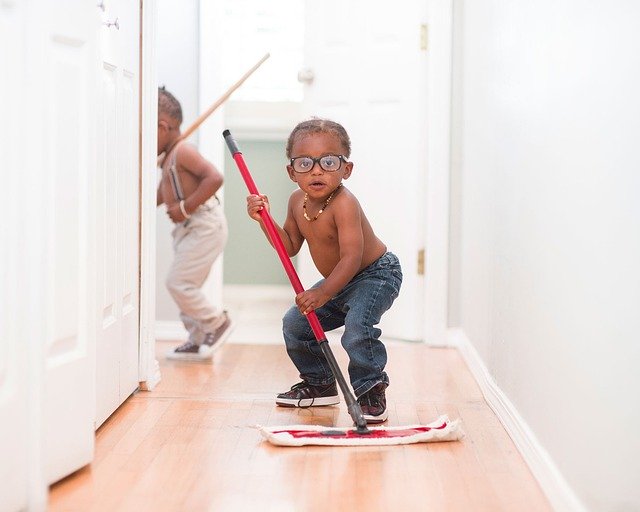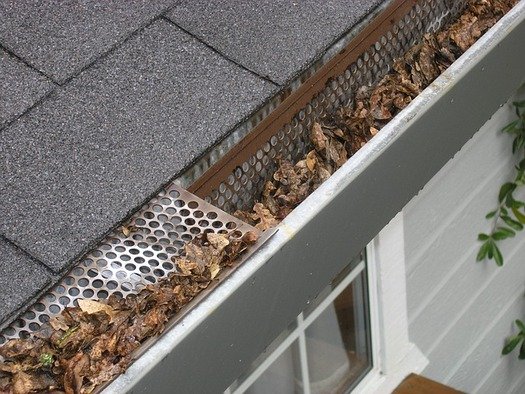In a world where viruses and illnesses can sweep through communities at an alarming pace, the importance of maintaining a clean and germ-free environment cannot be overstated. Whether you or a loved one has recently been ill, or you’re simply looking to fortify your defenses against unseen pathogens, knowing how to effectively clean and disinfect your living space is a valuable skill. After all, a thorough post-illness cleaning can be the difference between health and vulnerability.
In this comprehensive guide, we embark on a journey to explore the best practices for cleaning and disinfecting your home after an illness. Our goal is to help you minimize the risk of germs and viruses lingering in your living spaces, and in doing so, to safeguard your health and the well-being of your loved ones.
We’ll delve into the significance of post-illness cleaning, offering practical advice and step-by-step instructions to ensure that you understand not just how to clean and disinfect, but also why it’s so crucial. Whether you’re seeking guidance on cleaning after a respiratory illness, a gastrointestinal bug, bacterial or fungal infections, or simply wish to bolster your home’s defenses against future threats, this guide will equip you with the knowledge to fortify your health fortress.
Here is our post on How to Clean and Disinfect the Home During Cold and Flu Season which you will not like to miss.
Importance of Cleaning and Disinfecting After Illness
Before delving into the details of the cleaning and disinfection process, it’s essential to understand why this is so crucial, especially after someone in your household has been sick.
1. Preventing the Spread of Illness
Many contagious illnesses are spread through contact with contaminated surfaces or respiratory droplets. Proper cleaning and disinfecting can help remove or kill the pathogens responsible for the illness, reducing the risk of transmission to others in your household.
2. Protecting Vulnerable Individuals
Some family members or housemates may have weaker immune systems, making them more susceptible to illness. Thorough cleaning and disinfecting can provide an extra layer of protection for those who are more at risk.
3. Promoting a Speedy Recovery
A clean and germ-free environment can also contribute to the recovery of the person who was ill. It minimizes the chances of reinfection and helps them regain their health faster.
4. Maintaining Hygiene Practices
Practicing good hygiene involves not only personal habits like handwashing but also maintaining a clean living space. By regularly cleaning and disinfecting, you reinforce the importance of hygiene to everyone in your household.
Part 2: Steps to Clean and Disinfect After Illness
Now that you understand the importance, let’s move on to the practical steps to clean and disinfect your home after illness.
1. Gather Your Supplies
Before you begin, make sure you have the following supplies ready:
- Disposable gloves
- Disposable or washable cloths
- Disposable paper towels
- A reliable all-purpose cleaner
- A disinfectant or bleach solution (if appropriate)
- Trash bags
- A bucket
- A mask (if recommended for the illness)
2. Isolate the Sick Person
If the person who was ill is still in your home, ensure they are isolated in a designated room, preferably with a private bathroom. Limit contact with them and provide them with essential items, like tissues and a lined trash can.
3. Ventilation
Proper ventilation is crucial. Open windows and doors to allow fresh air to circulate and help remove any lingering particles from the air.
4. Cleaning Surfaces
Begin with general cleaning by dusting, sweeping, and vacuuming the affected areas. Clean all frequently-touched surfaces like doorknobs, light switches, and remote controls. Pay close attention to the sick person’s bedroom and bathroom, ensuring they are disinfected.
5. Disinfecting
Once you’ve cleaned surfaces, it’s time to disinfect. Use an appropriate disinfectant or a bleach solution if recommended for the specific illness. Apply the disinfectant to surfaces and allow it to sit for the specified contact time, which is usually indicated on the product label.
See also our post on How to Clean and Disinfect Your Home’s Air Ducts: A Comprehensive Guide
6. Laundry
Wash the sick person’s bedding, towels, and clothing with the warmest water temperature recommended for the fabric. Use disposable gloves when handling soiled laundry and wash your hands thoroughly afterward.
7. Dishware
If the sick person used dishes or utensils, wash them in hot soapy water or use a dishwasher on the hot water cycle.
8. Trash Disposal
Dispose of used tissues, paper towels, and any other disposable items in a lined trash can. Seal the trash bag and place it in a designated outside bin.
9. Personal Hygiene
Encourage the sick person to continue practicing good personal hygiene by washing their hands regularly and wearing a mask if recommended.
10. Post-Recovery Cleaning
After the person has recovered, conduct a final cleaning and disinfection of the entire home to ensure that no lingering pathogens remain.
Part 3: Specific Considerations for Different Illnesses
Different illnesses may require specific cleaning and disinfection measures. Here are some considerations for various types of illnesses:
1. Respiratory Illnesses (e.g., Flu or COVID-19)
- Focus on cleaning and disinfecting frequently-touched surfaces, as respiratory illnesses can spread through respiratory droplets that may settle on surfaces.
- Use a disinfectant that is effective against viruses.
- Pay extra attention to bathroom surfaces, as the virus may be present in fecal matter.
2. Gastrointestinal Illnesses (e.g., Norovirus)
- Use a bleach solution to disinfect surfaces, as bleach is effective in killing the norovirus.
- Isolate the sick person, especially if they are experiencing diarrhea and vomiting.
- Wash all laundry, including bed linens, towels, and clothing, with bleach.
3. Bacterial Infections (e.g., Staph Infection)
- Use an appropriate disinfectant or a bleach solution to kill bacteria on surfaces.
- Wash clothing and linens in hot water with an enzyme-based laundry detergent.
4. Fungal Infections (e.g., Ringworm)
- Use a disinfectant effective against fungi.
- Wash all potentially contaminated fabrics and surfaces with hot water and an antifungal cleaner.
See also our post on The Ultimate Guide on How to Clean and Disinfect a Child’s Toys which you will not want to miss.
Part 4: Preventing Future Illness
To maintain a healthy and germ-free home, consider these preventative measures:
1. Regular Cleaning
Don’t wait for illness to strike before cleaning and disinfecting your home. Establish a regular cleaning schedule that includes the disinfection of frequently-touched surfaces.
2. Hand Hygiene
Promote proper handwashing techniques for all members of your household, and encourage the use of hand sanitizers when soap and water are not available.
3. Personal Hygiene
Encourage good personal hygiene habits, such as covering one’s mouth and nose when coughing or sneezing and using tissues or the inside of the elbow.
4. Vaccination
Stay up-to-date with recommended vaccinations, as they can prevent certain illnesses from taking hold in your household.
5. Healthy Lifestyle
Encourage a healthy lifestyle that includes a balanced diet, regular exercise, and adequate sleep to boost the immune system.
Here is our post on The Ultimate Guide to Home Cleaning: Tips and Tricks
Part 5: Conclusion
Your home is your sanctuary, a place where you find solace, comfort, and safety. But it’s also a battleground against invisible foes, germs, and pathogens that can threaten your health and the well-being of your loved ones. Understanding how to clean and disinfect after an illness is a vital skill that empowers you to take control of your living environment and protect your health.
In the wake of an illness, whether it’s a respiratory infection, a stomach bug, or a bacterial or fungal concern, the steps you take to clean and disinfect your home can make all the difference. Not only does this practice reduce the risk of reinfection, but it also reinforces the importance of good hygiene and well-being to everyone in your household.
Adopt the strategies and measures outlined in this guide and make them a part of your routine, and you won’t only be preventing the spread of illness but also fostering a healthier and safer home. Your living space should be a fortress of well-being, a place where you can thrive and find respite from the challenges of the outside world. With the knowledge and dedication to cleanliness, you can make that vision a reality.





